History/driving impressions originally published in Sport Compact Car October 2001; republished by the author
It just goes to show you how things so similar can be so different. On the surface, the Mazda Miata – introduced in the fall of ‘89 – and the 1989 Mercury Capri are very similar: two-seat sportsters powered by Mazda four-cylinder engines. Both had pop-up headlights, and crossed the Pacific to reach American buyers. How more similar could you make them?
Well, how about making them different? The Capri, for starters, was built in Australia. And while the Mazda came only with a 116-hp engine, the base Capri came with a 100-hp cooker, but offered a turbocharged and intercooled four that squeezed out 132 horses for a model designated XR2. In the 2545-lb car, it produced acceleration that was, for the day, “substantial.” The little droptop could scamper the 0 to 60 mph – in “only” 7.9 seconds, more than a second quicker than the Miata, and faster than the Honda CRX Si as well. The Capri had a modern body, based on a mid-80s show car called the Barchetta, with genuine Italian styling. By all rights, the XR2 should have swamped the Miata.
However, the Miata had something the Capri, base or XR2, didn’t: rear-wheel drive. The Capri was a front driver, putting 64 percent of its weight on its front wheels. And even then XR2 form, suspension was soft. The Capri understeered. A lot. The chassis came almost directly from the mid-‘80s Mazda 323, and it handled more like an econobox than a sports car. The Miata smoked the XR2 on the skidpad, despite the Capri’s 185/60HR14 Dunlops…or perhaps in part because of them. The Capri’s handling could also be spooky, showing an eagerness to swap ends at the slightest provocation. The Miata felt more solid, with less cowl shake. The four-wheel disc brakes on the XR2, a nice touch for this market, were biased too heavily to the front, however.
Admittedly, the Capri did have a few advantages over the Miata, such as a vestigial backseat, suitable for grocery bags, small children or someone you don’t like very much. It was cheaper, by about $1,700, than even the inexpensive Miata; the XR2 listed at $15,522. It was quite well-equipped at that price, too, with power mirrors, locks and windows, air conditioning and cruise control, but XR2’s standard aluminum wheels could have passed for full wheel covers. The Capri was a better turnpike cruiser, roomier, quieter, and with better directional stability than the comparatively nervous Miata. But then, almost any sedan could trump the Capri on these latter qualities.
One would have expected the Capri, if not to overwhelm the Miata, to at least develop a following of its own, either for its power or as a comfortable cruiser. That didn’t happen. Despite the lessons of the Merkur line (read about the Merkur XR4Ti here), then a recent nightmare for Ford Motor Company, the Capri would fall victim to similar faults. Quality control was miserable. Owners had Capris fall apart under them. Even a press evaluation Capri I drove had a tie rod come adrift, giving me the peculiar experience of one-wheel steering.
The Capri struggled with disappointing sales for its first several years, and for the 1994 model year, the front and rear styling was revised, complete with a different rear spoiler for the XR2, which also got firmer suspension. A passenger airbag was added, too. Needed improvements all, but they were too late. The Capri was missing from Lincoln-Mercury dealer showrooms for 1995. It wasn’t sporty enough for sports car enthusiasts, for whom the Miata was the hands-down choice, and although blonde cheerleaders looked good driving a Capri, that’s a rather slim market segment.
Addendum: The Ford of Australia-built Capri has an excellent Aussie viewpoint profile in Curbside Classics.












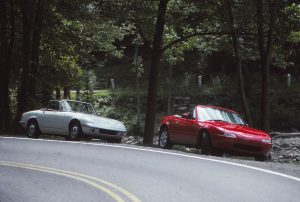
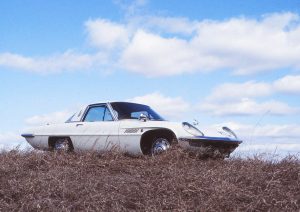
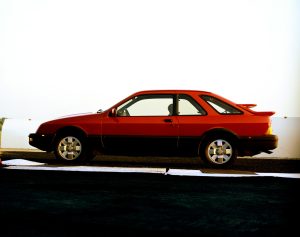
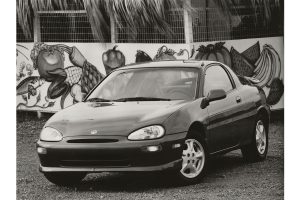
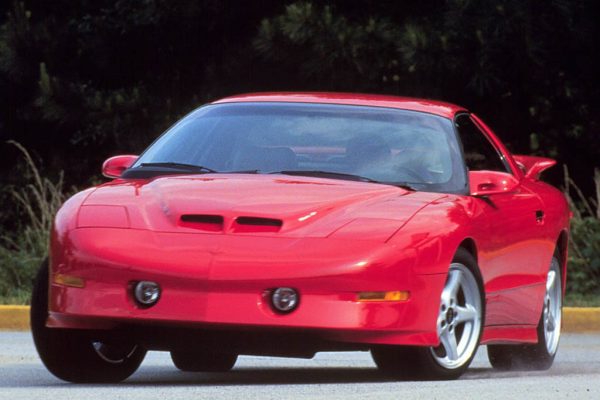
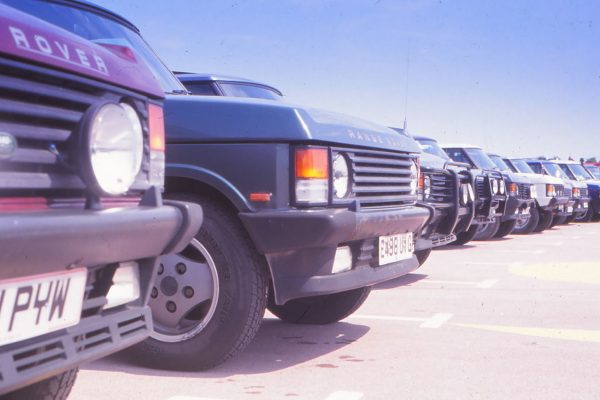
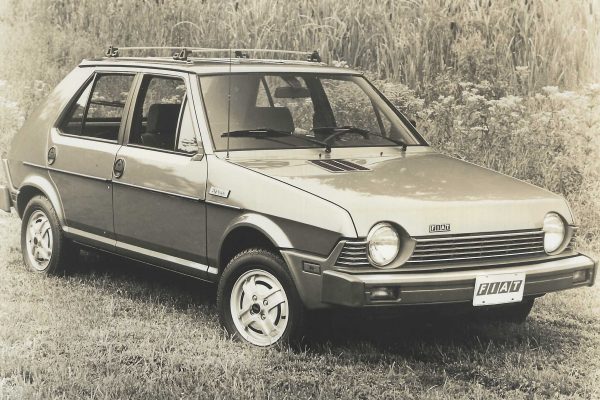
What Do You Think?
You must be logged in to post a comment.